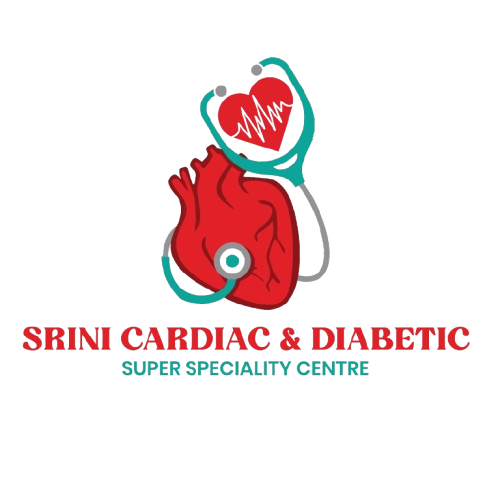Rest and Limited Activity: You may be advised to avoid strenuous physical activities for a few days to allow the insertion site to heal. Lifting heavy objects, intense exercise, or activities that could strain your body are usually restricted for a short time.
Driving: You might be asked to avoid driving for a short period, especially if you were sedated during the procedure. Follow your doctor’s recommendations.
Resuming Normal Activities: Depending on your overall health, most patients can return to regular activities within a week or two.

Dr. Srinivasan
Interventional Cardiologist
Personal Details
- Experience : 14 Years
- 7010998944 , 8012375085
- dr_srini@ymail.com
- 9, Big St, Pavazhakundur, Tiruvannamalai, Tamil Nadu 606601
Skills
Surgical and Procedural Skills
0%
Patient Management Skills
0%
Interdisciplinary Collaboration
0%
Clinical Skills
0%
Angioplasty + stent
Angioplasty with stent placement is a medical procedure used to treat narrowed or blocked coronary arteries, typically caused by atherosclerosis (buildup of plaque).This procedure is commonly performed in patients with coronary artery disease to improve blood flow to the heart and alleviate symptoms like chest pain (angina) or to prevent a heart attack. It may also be used in other arteries, such as those in the legs or neck, depending on the location of the blockage.
Symptoms and Sensations During the Procedure
During an angioplasty and stent placement procedure, most patients are awake, but they are usually given a sedative and a local anesthetic to numb the area where the catheter will be inserted.If any unusual or severe symptoms (like sharp chest pain, sweating, or difficulty breathing) occur during or after the procedure, it’s essential to notify the medical team immediately.Most patients experience little pain during the procedure itself, and any discomfort tends to be short-lived. However, some soreness or mild discomfort may persist for a short period after the procedure.
Post-Procedure and Recovery
Monitoring: After the procedure, you will be monitored in a recovery area for a few hours or overnight to ensure that there are no complications, such as bleeding or changes in heart rhythm.
Compression at Insertion Site: If the catheter was inserted through the groin, a pressure bandage or a special device may be used to minimize bleeding. If inserted through the wrist, the site may be bandaged.
Medications: You may be prescribed blood thinners (like aspirin or clopidogrel) to prevent blood clots from forming around the stent. It’s crucial to follow your doctor’s instructions regarding medications.

Help & Support
Quick Links
Working Hours
- Mon - Sat : Every 4.00 Pm - 9.00 Pm Sunday - Closed
Copyright ©️ 2024 Srini Cardiac & Diabetic Super SpecialityCentre. All Rights Reserved Designed by
Wink Dezign
